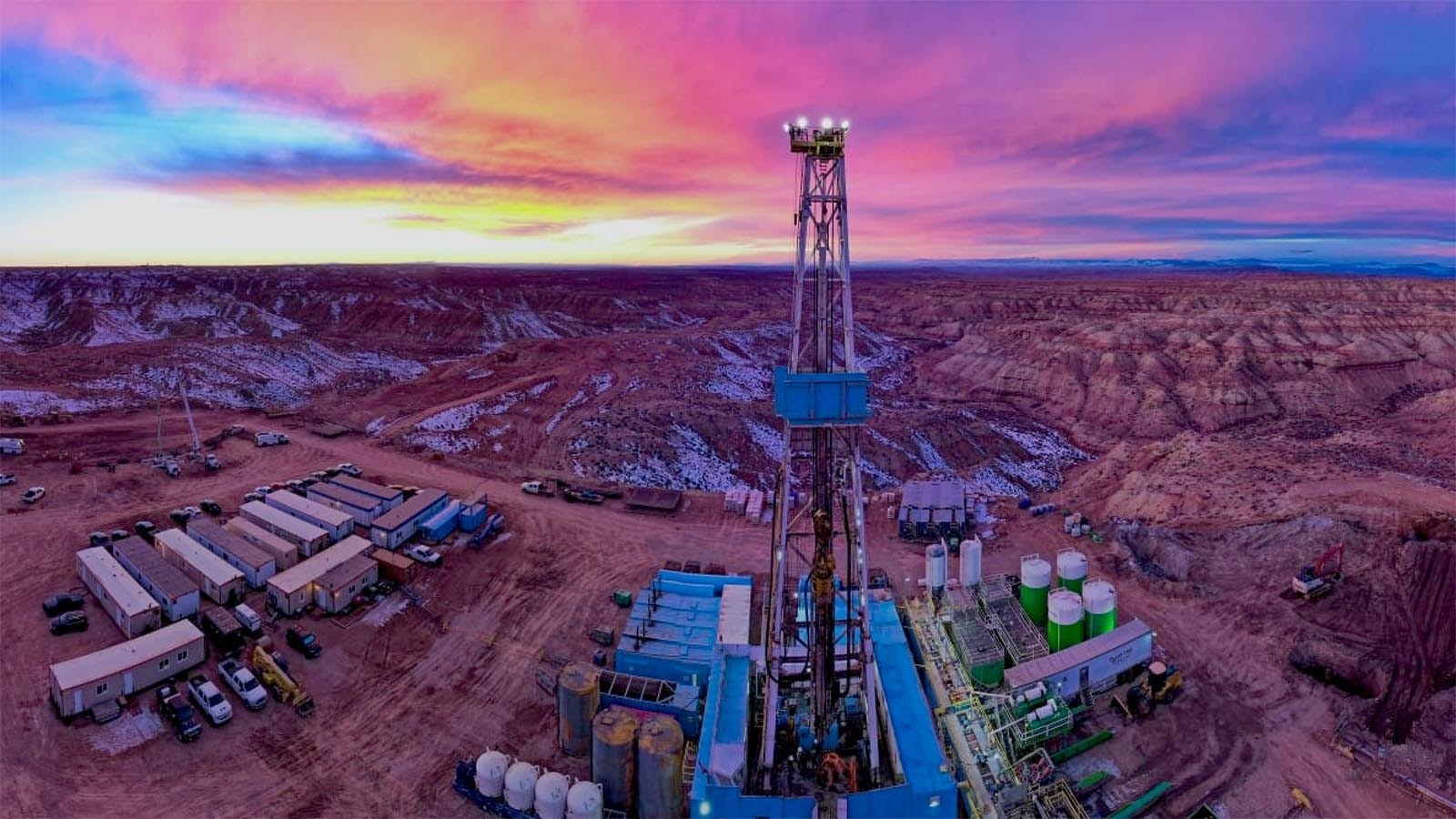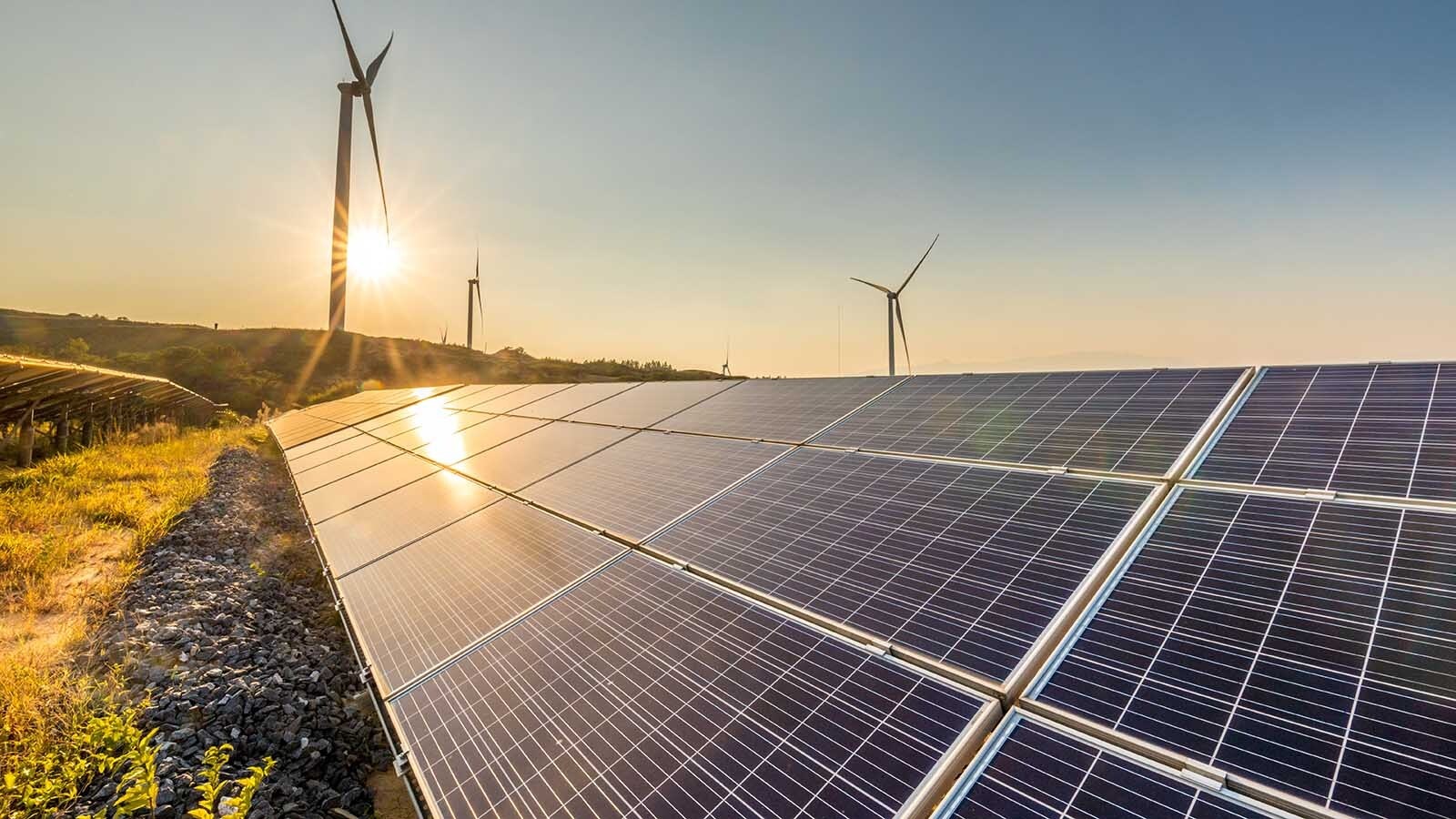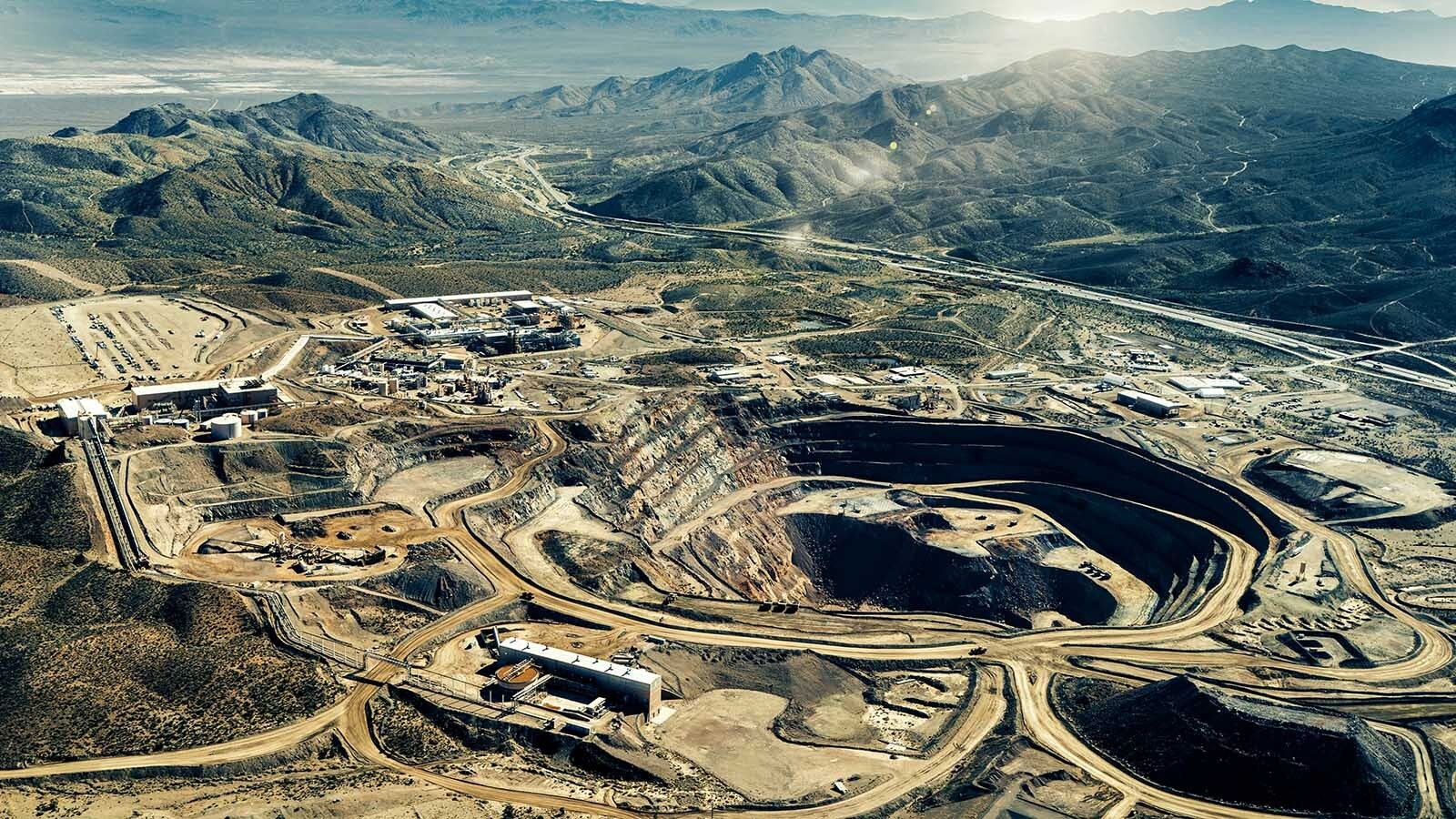The Chehalis Generation Facility in the state of Washington was a dominant thread running through the first of what will be eight days or more of testimony about Rocky Mountain Power’s proposed electricity rate increases that come to nearly 30%.
The questions centered around whether Wyomingites have been put on the hook for a carbon-capture mandate in another state, which is not equally sharing in the cost of its own mandate.
Rocky Mountain Power’s request for a $137.2 million rate increase has been a lightning rod, drawing five intervenors — among them Sen. Cale Case, R-Lander — and more than 3,330 comments from the public, who have lots of questions about the necessity of the rate increase.
A big question that’s been front-and-center is whether renewables are responsible for the dramatic rate hike. But the new questions about the Chehalis power plant in Washington got the most attention Wednesday.
A ‘Daunting’ Rate Increase
Adam Lowney, attorney of record for Rocky Mountain Power, acknowledged that the company’s rate increase seems “daunting,” but stressed that it’s the company’s first rate increase request since 2020
“With the proposed rate increase, the company’s residential rates would still be 35% less than the average rates for other Wyoming investor-owned utilities,” he said. “The company’s request here must also be viewed within the context of the company’s long history of aggressively controlling costs. The company has filed three previous rate cases, which resulted in a rate increase of 2.9% in 2014, 2.3% in 2015 and a rate decrease of 3.5% in 2002.”
The latter rate decrease was the result of a Public Service Commission order, one of the intervenors would later suggest in a line of questioning that sought to force the company to confirm that detail on the record.
Increased energy costs account for 95% of the rate increase, Lowney said.
“Pacific Northwest electricity prices and gas prices have increased by 232 and 85% respectively, relative to the forecast used to set the current cost baseline,” he said. “And then the Southwest electricity and gas prices have increased by 175% and 70% respectively.”
Even coal has not been immune from price increases, Lowney said.
“Coal prices have increased by nearly 30% annually,” he said. “These higher market prices have translated directly into higher actual power costs.”
Power costs in 2022 have been 42% higher than the baseline set in 2020 based on a 2021 test-year forecast, and 82% higher in 2023.
The forecast for 2024 does not project any relief, Lowney said, due to “significant operational constraints that will limit generation and force greater reliance on the market.”
These constraints include a multi-month outage to convert 700 MW of Jim Bridger capacity to natural gas, reduced hydroelectric capacity due to drought, and coal supply constraints that continue to limit generation at intact coal plants.

The Renewables Elephant In The Room
Many Rocky Mountain Power customers have had questions about the cost of renewables.
“How much of the rate increase is going to fund the black hole of wind and solar power projects?” Rocky Mountain Power customer Steve Kahn wrote to ask the company ahead of the rate increase hearing.
Rocky Mountain Power wrote back to Kahne to explain that its new wind resources have not actually cost Wyomingites additional money, but have instead taken the edge off of energy costs.
“Without these new wind resources, along with wind repowering projects, rates would have increased an additional 60% in Wyoming,” a woman identified as Miranda at Rocky Mountain Power told Kahne. “If the new wind power and transmission capital investments were removed from this rate case, it would reduce the rate increase request by $8.5 million.
“However, without these investments the power cost portion of the case would increase by at least $6 million of required market purchases to replace generation from the wind energy projects.”
Wyoming customers also would be losing out on $1 million in federal production tax credits, Miranda added, and would lose out in future years on ongoing cost savings produced by wind generation.
Kahne said he’s concerned about future costs once tax credits run out.
“I am so disgusted with private enterprise tying themselves to the federal government instead of standing on their own feet to make business run in what should be a capitalist economy,” he said. “At some point, the tax credits run out, and the prices to the user … like me … go up. Federal tax credits are a form of socialist to enslave RMP and any company who willingly accepts them. Pay now or pay later.”
Lowney, in his testimony, said the company’s 2024 net power costs would be $85.4 million higher without its renewable investments.
“While the company can understand perceptions that the rate increase is driven by policies that are at odds with Wyoming, that is simply not the case,” he said.
About That Carbon Tax
While renewables have been a big bone of contention with the current rate increase, a large majority of Wednesday’s hearing centered around whether a carbon tax that’s been placed on the Chehalis facility in Washington is being unfairly shouldered by people in Wyoming.
Rocky Mountain Power’s position on the issue is that the carbon tax is an operational cost on a generation source used by all six of the states served by PacificCorp, which includes the Rocky Mountain Power operating division.
Power is being shared across these assets, regardless of operating division, and traditionally the costs of these co-mingled assets have been allocated in proportion to a given state’s use.
“This generation tax is entirely analogous to the Wyoming Wind Tax, which is assessed at a $1 per megawatt hour of wind energy generated in the state of Wyoming,” Lowney said.
Recovering costs associated with the tax is reasonable, Lowney added, because the plant provides significant benefit to Wyoming customers, and they are only paying a share of costs proportionate to that benefit.
“Chehalis reduces Wyoming power costs by $19 million,” Lowney said.
Case: It’s More Complicated Than That
Senator Case, however, and other intervenors, see the issues as a little more complicated than Rocky Mountain Power presents them.
“We’ve had a longstanding policy of dividing up all the assets of all these states, in proportion to the amount of energy that each state takes,” Case told Cowboy State Daily. “So, Wyoming takes about 15%, and we pay for 15% of the common asset.”
But with the Chehalis plant, Washington is not playing along those same lines, because it’s providing its own residents an offset, so that they’re not paying the carbon tax.
“So, everybody has to pay for it but Washington, and so that’s where the rub is,” Case said. “Rocky Mountain Power is trying to make sure that Wyoming pays part of these costs, so they’re trying to akin it to the fact that we have a tax on wind energy.”
That tax, however, is tiny, Case said. It’s really meant to ensure there’s a level playing field between wind and other sources of energy, like coal, and oil and gas which, in a state that lacks an income tax, have historically been taxed to help pay for things like roads and schools.
“Wyoming people pay (the wind tax),” Case said. “Everybody pays it. But the people who live in Washington, they don’t pay (the carbon tax). They don’t pay, and that’s cheating is what it is.”
It’s an issue that Case believes really cuts to the heart of a matter that’s been developing for a while now and forms an important backdrop for this rate case.
“Are we going to be able to exist going forward with a big utility that serves these states with very different (energy) goals?” Case said. “So, I really want to go after this issue. And I’ll tell you, if — I can’t even imagine the commission would support this — but if they did, I’d imagine there would be legislation around it.”
Renée Jean can be reached at renee@cowboystatedaily.com.





